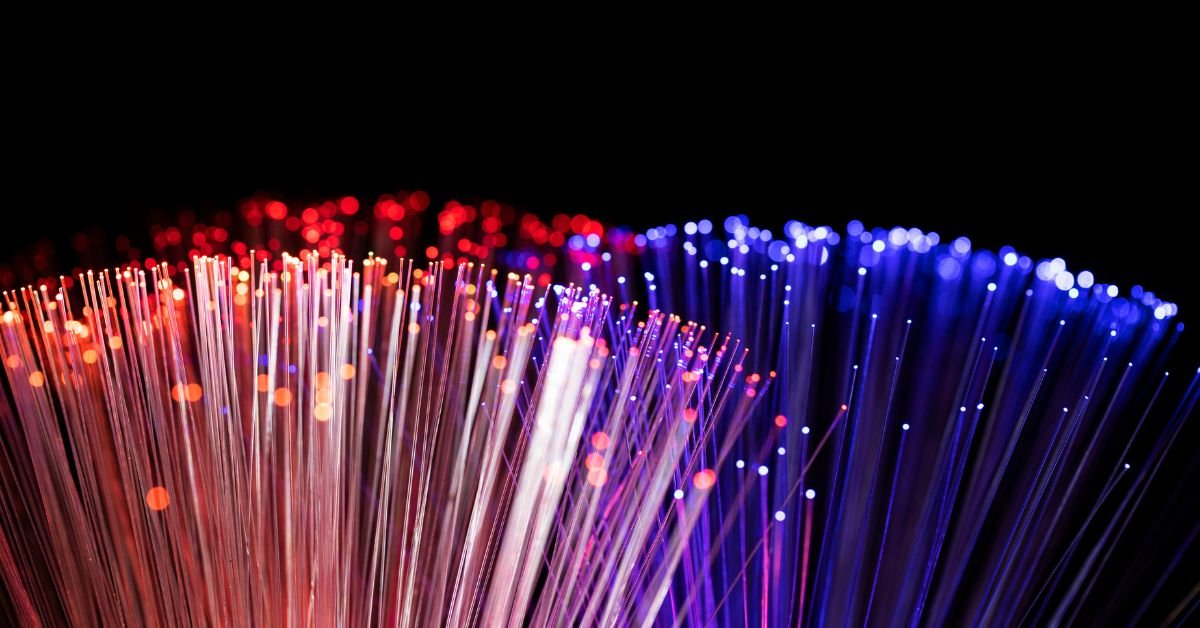Passive Optical Network (PON) is a fiber-optic network that delivers high-speed internet, TV, and phone services using a single optical fiber. Here’s the magic part:
- “Passive” means no power-hungry equipment (like amplifiers) between the provider and user.
- “Optical” refers to light-based data transmission (fiber optics).
- “Network” is the system connecting everything.
In simple terms: PON uses thin glass fibers to send laser pulses (data) at lightning-fast speeds. No electricity in the middle = less maintenance, lower costs, higher reliability.
“We upgraded our office to PON and saw internet speeds increase by 10x. Now, our remote team works seamlessly—no more lag!”
— A delighted tech leader
Passive Optical Network Meaning: Breaking It Down
To truly grasp PON, let’s explore its core components:
- OLT (Optical Line Terminal): Located at the service provider’s end (e.g., Verizon, AT&T).
- ONT/ONU (Optical Network Terminal/Unit): Installed at your home or office.
- Splitter: A passive device that divides the single fiber into multiple strands (up to 128 users).
- Fiber Optic Cables: The high-speed highways for data.
Here’s the beauty: Unlike traditional copper networks (e.g., DSL), PON eliminates the need for bulky routers in every neighborhood. Instead, one fiber serves an entire community.
Passive Optical Network Definition: The Tech Specs
Officially, a Passive Optical Network (PON) is defined by:
- ITU-T G.984 (GPON: Gigabit PON) standards.
- IEEE 802.3ah (EPON: Ethernet PON) for Ethernet-based systems.
Key Features:
| Feature | PON (GPON/EPON) | Traditional (DSL/Cable) |
|---|---|---|
| Max Speed | Up to 10 Gbps | ~1 Gbps (shared) |
| Distance | Up to 20 km | ~5 km (degrades) |
| Splitting Ratio | 1:128 (shared fiber) | 1:1 (dedicated line) |
| Power Usage | Minimal (passive) | High (active nodes) |
In short: PON is faster, greener, and future-proof.
What Is Passive Optical LAN (POL)?
You might’ve heard of Passive Optical LAN (POL). It’s PON technology applied indoors (offices, campuses). Instead of Wi-Fi, fiber runs directly to your desk.
Benefits of POL:
- Eliminates Wi-Fi dead zones.
- Centralized management (one control point).
- Unmatched security (hard to tap fiber).
Example: Universities like Stanford and MIT have switched to POL. Result? Zero network outages and 100% coverage.

Why Passive Optical Networks Are the Future
- Speed: 10 Gbps+ (vs. 1 Gbps on cable).
- Scalability: Easily upgrade without rewiring.
- Energy Efficiency: 70% less power than active networks.
- Cost-Effective: Lower maintenance = higher ROI.
- Future-Proof: Supports IoT, 5G, and smart cities.
Stat: By 2027, 50% of global broadband will run on PON. Source: Industry reports.
Real-World Applications: PON in Action
- Rural Broadband: Replaces unreliable DSL with stable fiber.
- Smart Cities: Connects IoT sensors, traffic lights, and surveillance.
- Businesses: Enables cloud computing, video conferencing, and AI workloads.
Case Study: A small town in Sweden upgraded to PON. Result? Internet adoption jumped from 60% to 95% in 6 months.
Common Myths About PON (Debunked)
- “It’s too expensive to install.”
Reality: Fiber laying costs are declining (now ~$20-50 per foot). - “PON is only for big cities.”
Reality: Rural areas benefit most (replaces outdated copper). - “It’s complicated to manage.”
Reality: Centralized OLTs simplify monitoring.
FAQs
Q. What does PON stand for?
A. Passive Optical Network. Simple, right?
Q. How fast is a Passive Optical Network?
A. Up to 10 Gbps (GPON). For EPON, it’s 1-2 Gbps (still way faster than cable).
Q. Is PON better than fiber-to-the-home (FTTH)?
A. They’re the same! PON is a type of FTTH—just more efficient and scalable.
Q. Can I upgrade my current internet to PON?
A. Check with your ISP. If fiber is available in your area, the upgrade is seamless (just replace your modem with an ONT).
CONCLUSION
Passive Optical Networks aren’t a buzzword; they’re the backbone of modern connectivity. Whether you’re a:
- Home user: Enjoy lag-free streaming.
- Business owner: Run cloud apps seamlessly.
- City planner: Build smart infrastructure.
CLICK HERE FOR MORE BLOG POSTS
“In a world of instant takes and AI-generated noise, John Authers writes like a human. His words carry weight—not just from knowledge, but from care. Readers don’t come to him for headlines; they come for meaning. He doesn’t just explain what happened—he helps you understand why it matters. That’s what sets him apart.”

